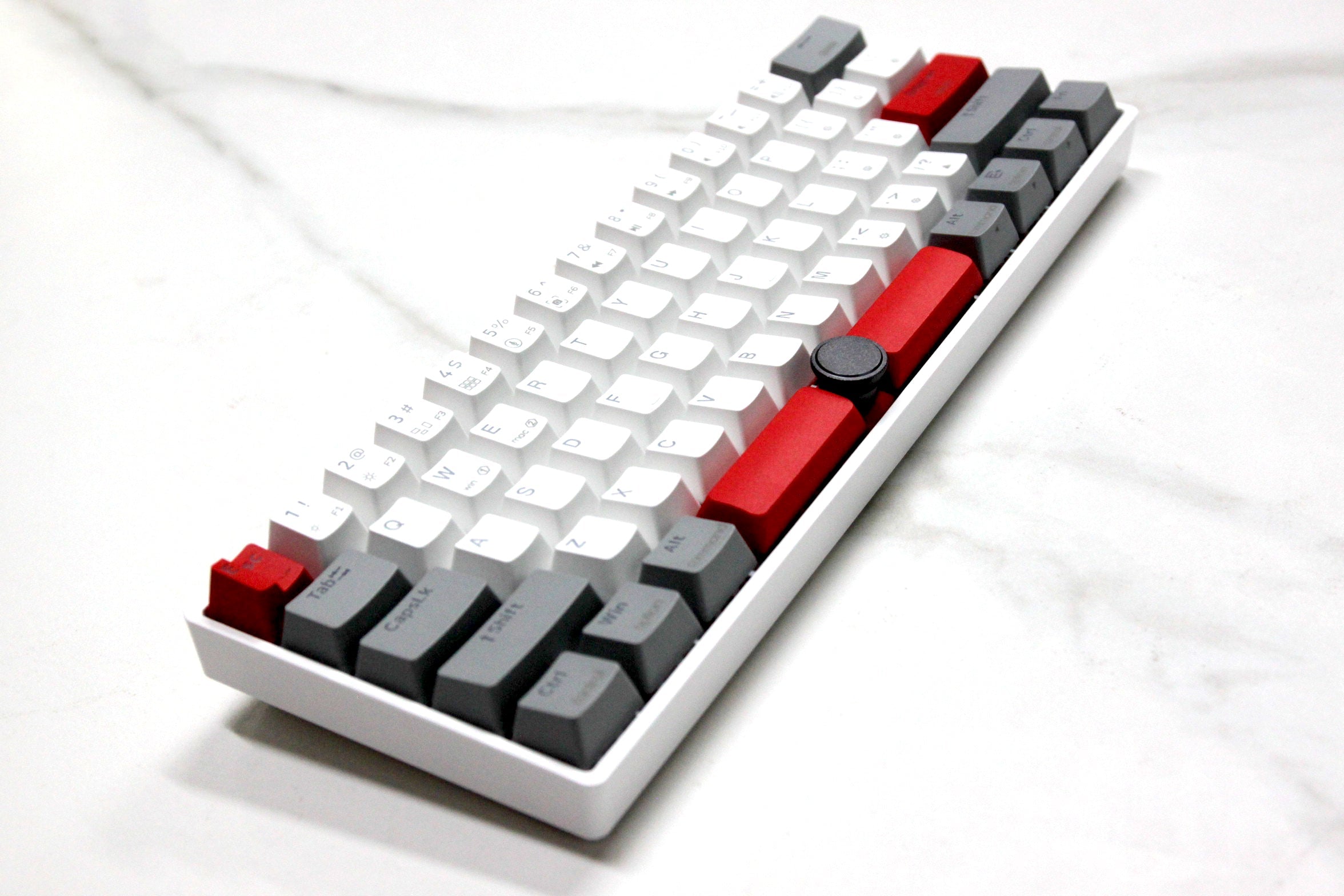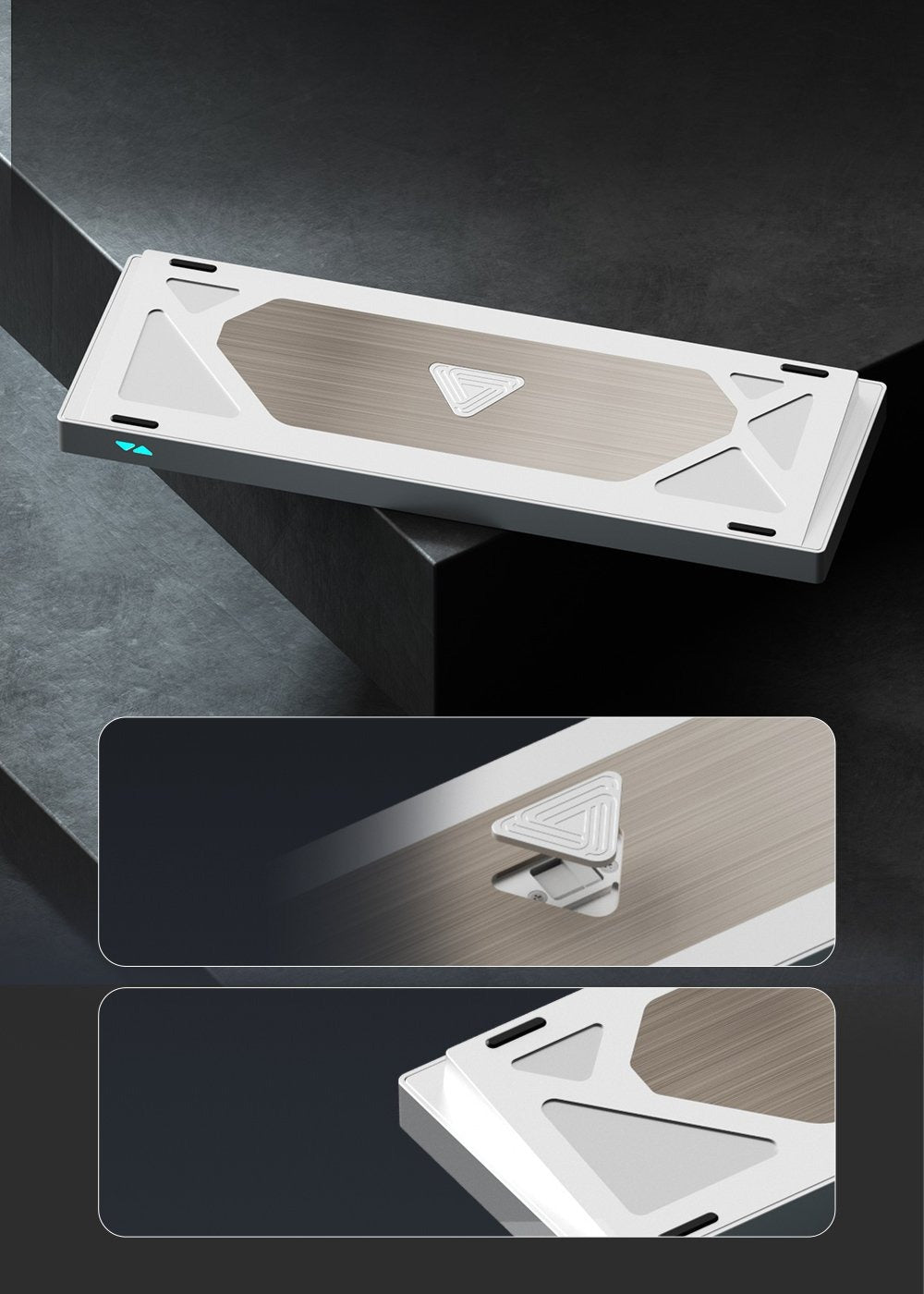Mechanical keyboards have a rich history, evolving from robust vintage designs to sleek, modern masterpieces. This transformation reflects advances in technology, changes in user preferences, and the growing demand for customization. Let’s explore how mechanical keyboards have evolved over the decades.
1. The Birth of Mechanical Keyboards
The journey of mechanical keyboards began in the early days of computing. During the 1970s and 1980s, mechanical keyboards were the standard input devices for computers. Notable examples include:
-
IBM Model F (1981): Featuring buckling spring switches, it was renowned for its tactile feedback and durability.
-
IBM Model M (1984): Introduced a more cost-effective buckling spring mechanism and became an iconic keyboard in computing history.
These early keyboards were built with heavy materials and designed to endure extensive typing, making them highly reliable and long-lasting.
2. Transition to Membrane Keyboards
By the 1990s, manufacturers sought more affordable alternatives to mechanical keyboards, leading to the rise of membrane keyboards. These keyboards were cheaper to produce and lighter, making them more appealing for mass-market computers. However, this shift came at the cost of tactile feedback and durability, which mechanical keyboards excelled at.
3. The Mechanical Revival
In the mid-2000s, mechanical keyboards experienced a resurgence in popularity. Gamers, programmers, and typing enthusiasts began seeking better typing experiences and performance-driven peripherals. This revival was driven by:
-
Introduction of Cherry MX switches: These switches offered different tactile and auditory experiences (e.g., Red for smooth and linear, Blue for tactile and clicky).
-
Customization options: Keycaps, backlighting, and switch types allowed users to personalize their keyboards.
-
Gaming industry influence: The demand for responsive and durable keyboards in competitive gaming accelerated the comeback of mechanical designs.
4. Modern Innovations and Customization
Today’s mechanical keyboards are more diverse and innovative than ever before. Some notable modern advancements include:
-
Hot-Swappable PCBs: Allowing users to change switches without soldering.
-
Wireless and Bluetooth connectivity: Providing greater flexibility and portability.
-
RGB Lighting: Fully customizable lighting effects that enhance aesthetics and functionality.
-
Ergonomic and split layouts: Designed for comfort and long-term use.
Additionally, the DIY mechanical keyboard community has exploded, with enthusiasts building custom keyboards using unique layouts, artisan keycaps, and custom-designed PCBs.
5. The Future of Mechanical Keyboards
Looking ahead, mechanical keyboards will likely continue to evolve with advancements in materials, technology, and user customization. We can expect innovations such as:
-
Low-profile mechanical switches: For sleeker, more portable keyboards.
-
Adaptive technology: Keyboards that adjust feedback and actuation based on user preference.
-
Eco-friendly materials: Sustainable designs to reduce environmental impact.
Conclusion
From the heavy, tactile keyboards of the past to today’s highly customizable and innovative designs, mechanical keyboards have undergone a remarkable transformation. This evolution reflects a blend of nostalgia for vintage designs and enthusiasm for modern technology. As the community continues to grow, the future of mechanical keyboards promises even greater advancements tailored to every user’s needs.






